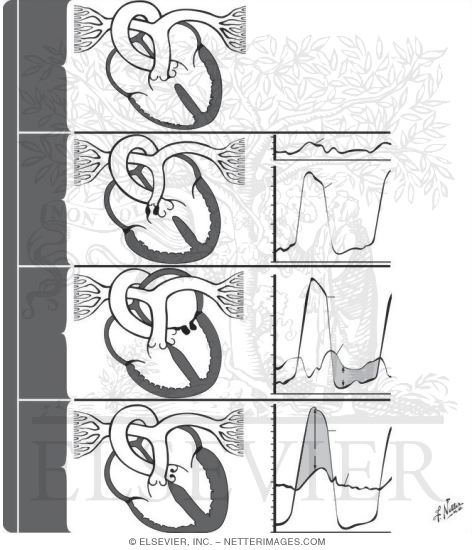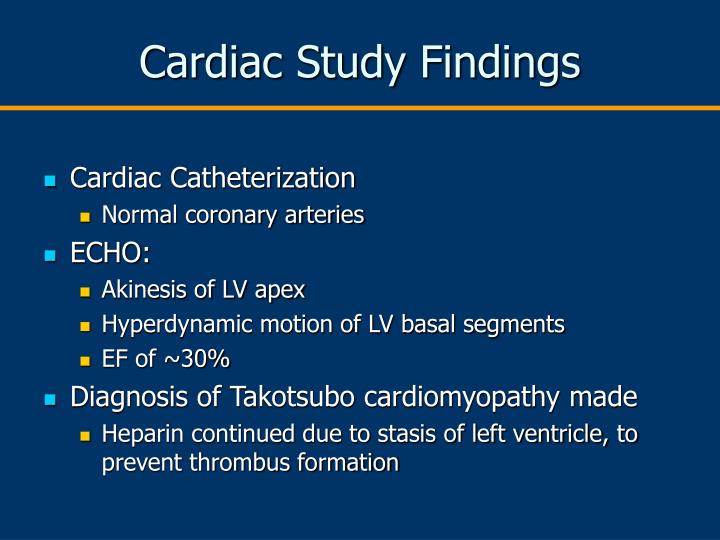
- Cardiac catheterization interpretation of findings how to#
- Cardiac catheterization interpretation of findings tv#
Some develop bruises where the catheter had been inserted (puncture site). A small number of people have minor problems. I learned a lot about my heart.” Roberta, 41 What are the risks of cardiac catheterization?Ĭardiac cath is usually very safe.
Cardiac catheterization interpretation of findings tv#
“It was amazing to be able to watch the entire procedure on a TV screen.
Cardiac catheterization interpretation of findings how to#
This article covers the history of RHC, how to perform a complete right heart study and a review of its current place as a diagnostic tool in a range of cardiovascular disorders.

The European Society of Cardiology (ESC) core curriculum 2013 states that trainees should possess the skills to ‘carry out right heart catheterization in the catheterization laboratory and at the bedside, and measure cardiac output, intravascular pressure, and oxygen saturation’. 2, 3 RHC can be also used to assess the haemodynamic effects of treatments directly and provides an entry route for intracardiac biopsy.

It is the gold standard method for diagnosing pulmonary hypertension (PH) and an essential component in the evaluation of patients prior to heart and/or lung transplantation.

1 RHC, however, remains an important tool in a cardiologist's diagnostic armoury, providing direct haemodynamic data that can be used to determine cardiac output (CO), evaluate intracardiac shunts and valve dysfunction. Significant improvements in the diagnostic power and availability of non-invasive cardiac imaging techniques, in addition to evidence of potential harm associated with pulmonary artery (PA) catheterisation in patients in critical care, have led to a decline in right heart catheterisation (RHC) over recent years.


 0 kommentar(er)
0 kommentar(er)
